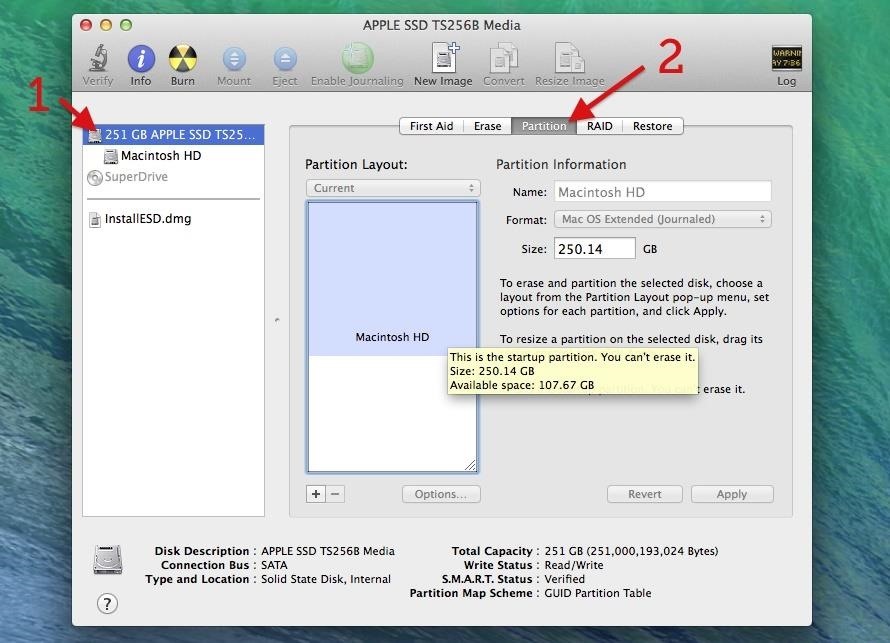

Your macOS is ready for the NTFS file system. You will then receive a successful message. Now restart your Mac and open Terminal again. You need to re-enable System Integrity Protection, so restart your Mac and hold Ctrl + R while it boots. You will get a recovery console window. From the top menu go to Utilities and select Terminal. original and the new driver has been activated. Your original NTFS driver has now been renamed to. Sudo mv / sbin / mount_ntfs /sbin/mount_ntfs.original sudo ln -s / usr / local / sbin / mount_ntfs / sbin / mount_ntfs In a terminal, type the following command:Īfter completing it, you will receive a successful message. Now restart your Mac and open Terminal again.Įnter further to activate the NTFS driver. So restart your Mac and hold Ctrl + R while it boots. You will get a recovery console window. From the top menu go to Utilities and select Terminal. Next, it remains to configure the driver.
#HOW TO FORMAT NTFS FUSE FOR MAC OS X INSTALL#
Install NTFS 3G for MasOS. (NTFS-3G is a cross-platform open source implementation of the NTFS file system with read / write support.) (These are the advanced features of macOS for working with files through third-party file systems). usr / bin / ruby -e “$ (curl -fsSL )” Install Brew on your Mac. (This is a package manager on Mac OS).

In our solution, we will use three software packages to enable the NTFS driver for macOS Sierra or Mojave. Here’s a step-by-step process for enabling NTFS driver on Mac OS. Open a terminal on your Mac and follow the commands.
#HOW TO FORMAT NTFS FUSE FOR MAC OS X HOW TO#
If you have used Windows, you are probably used to the NTFS file system and store a large amount of data in it. Let’s see how to enable NTFS writing in Mac OS Mojave to avoid compatibility issues.


 0 kommentar(er)
0 kommentar(er)
